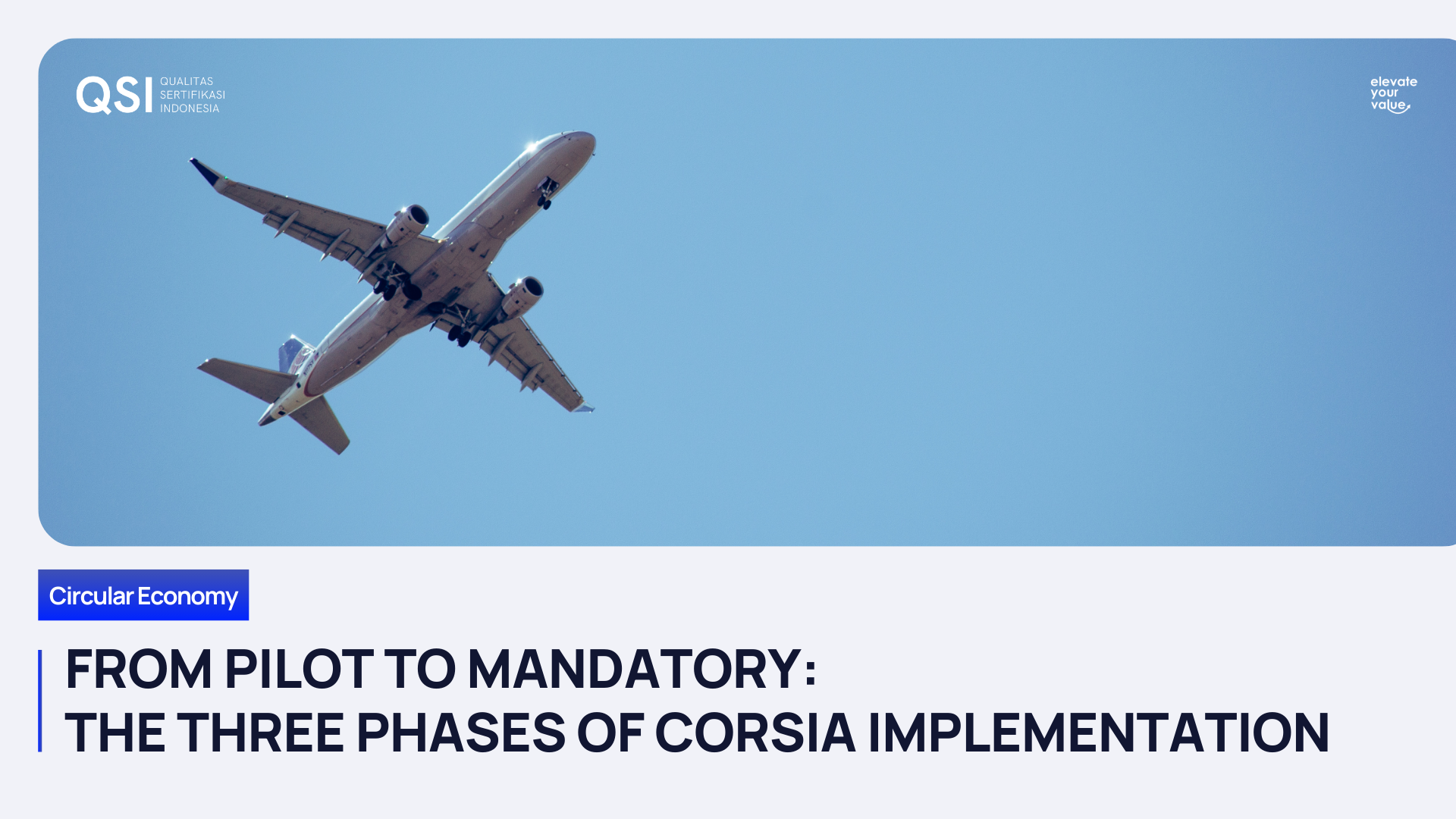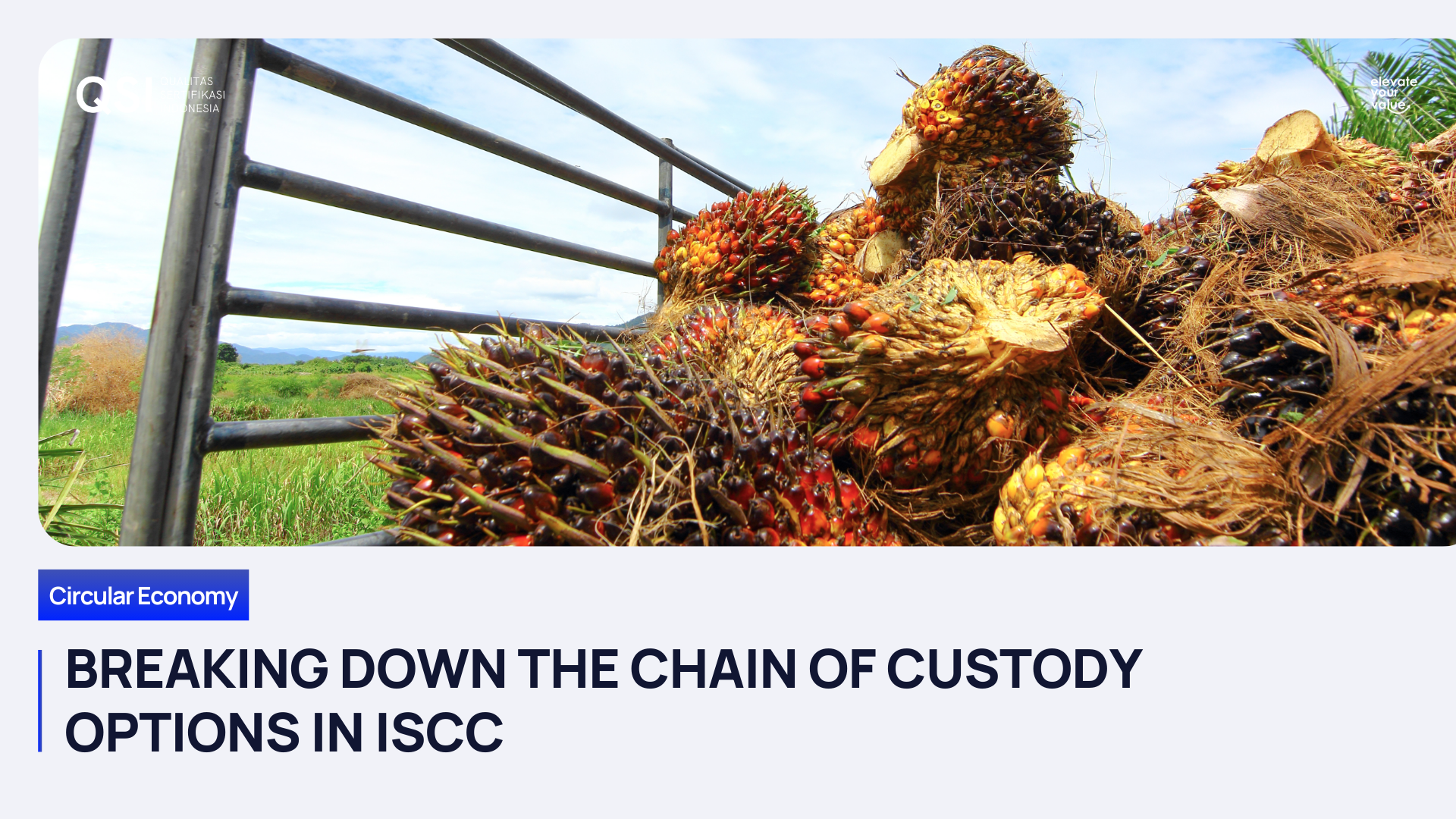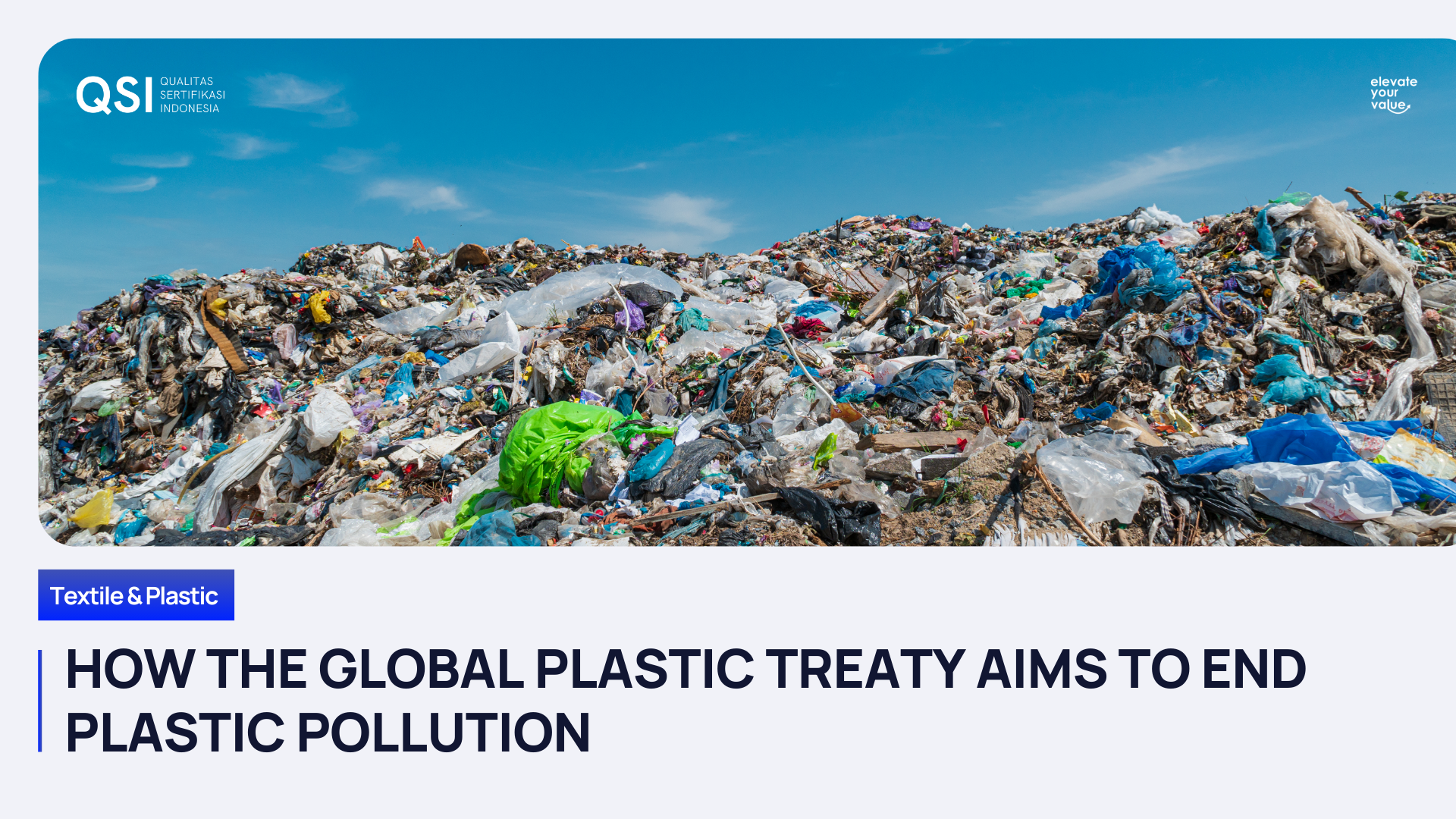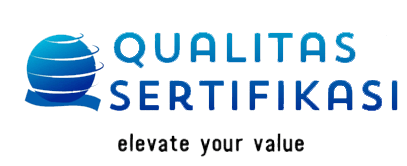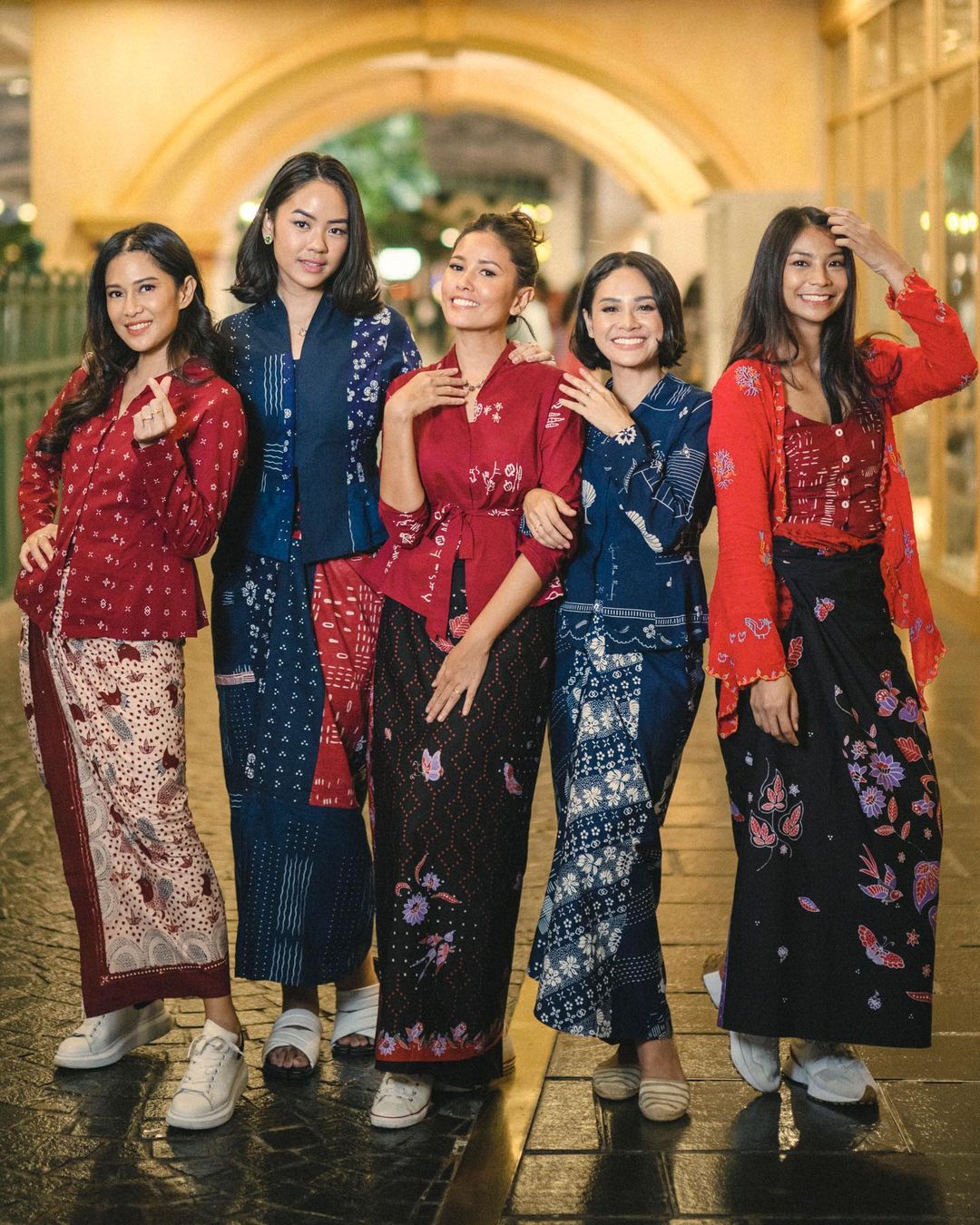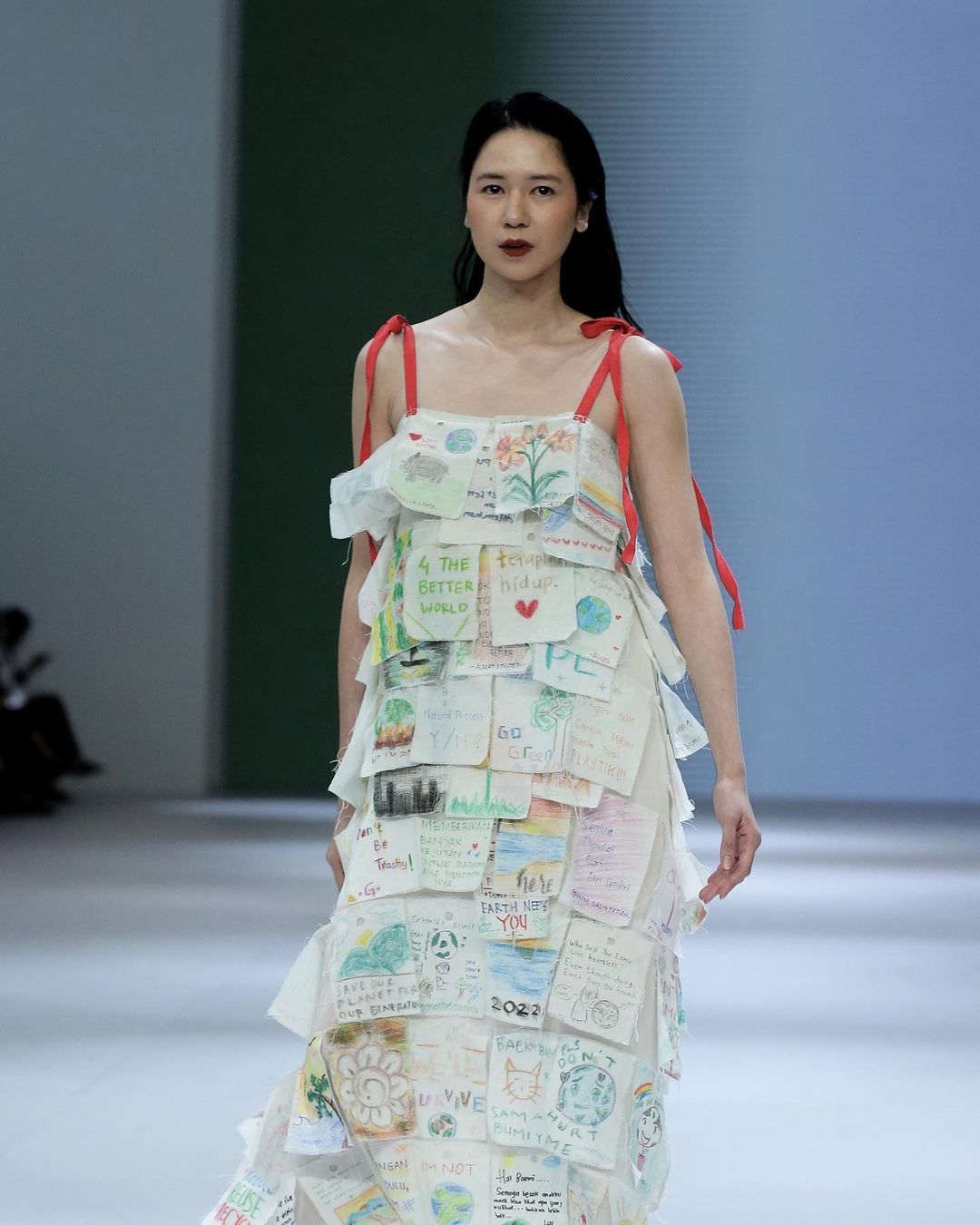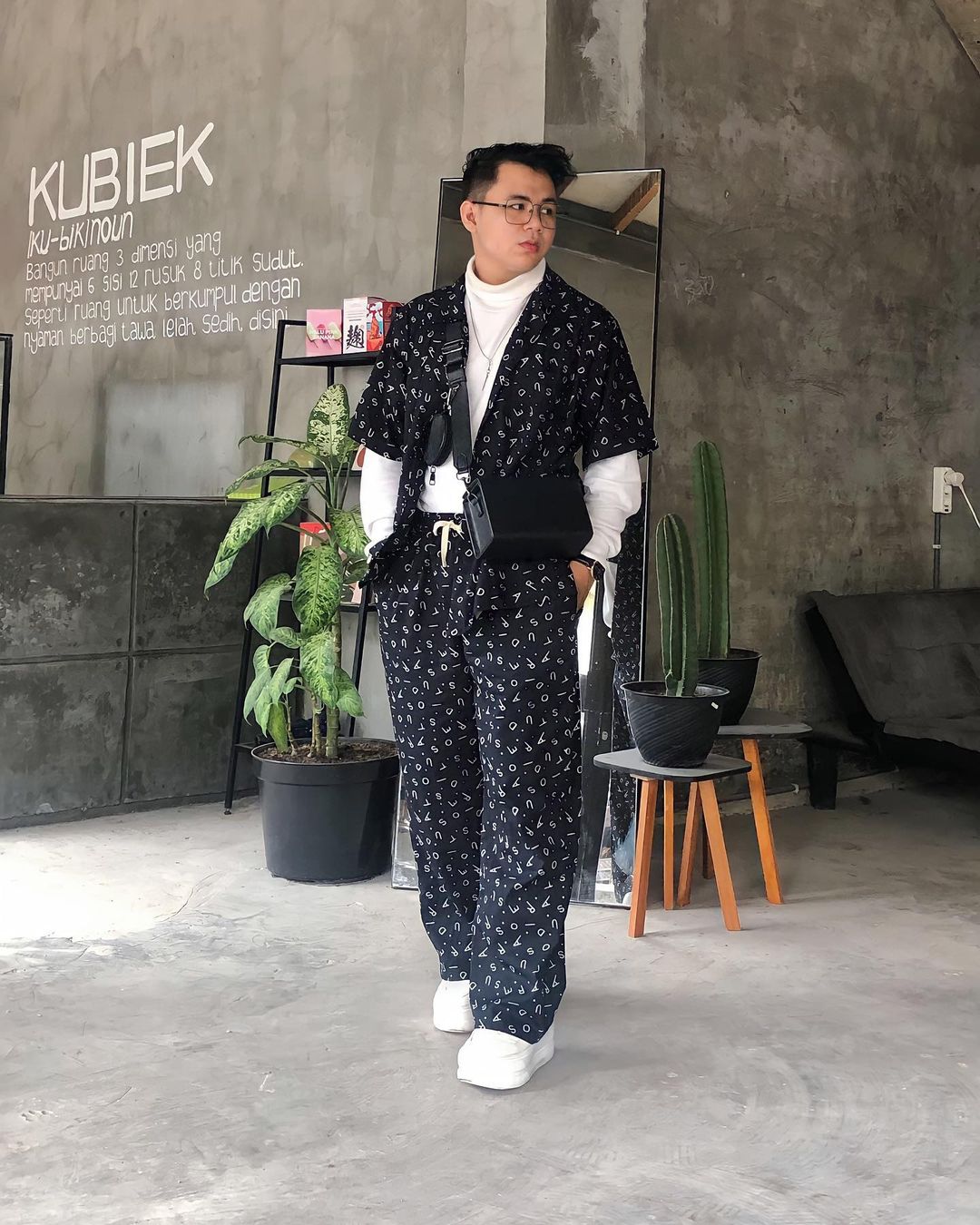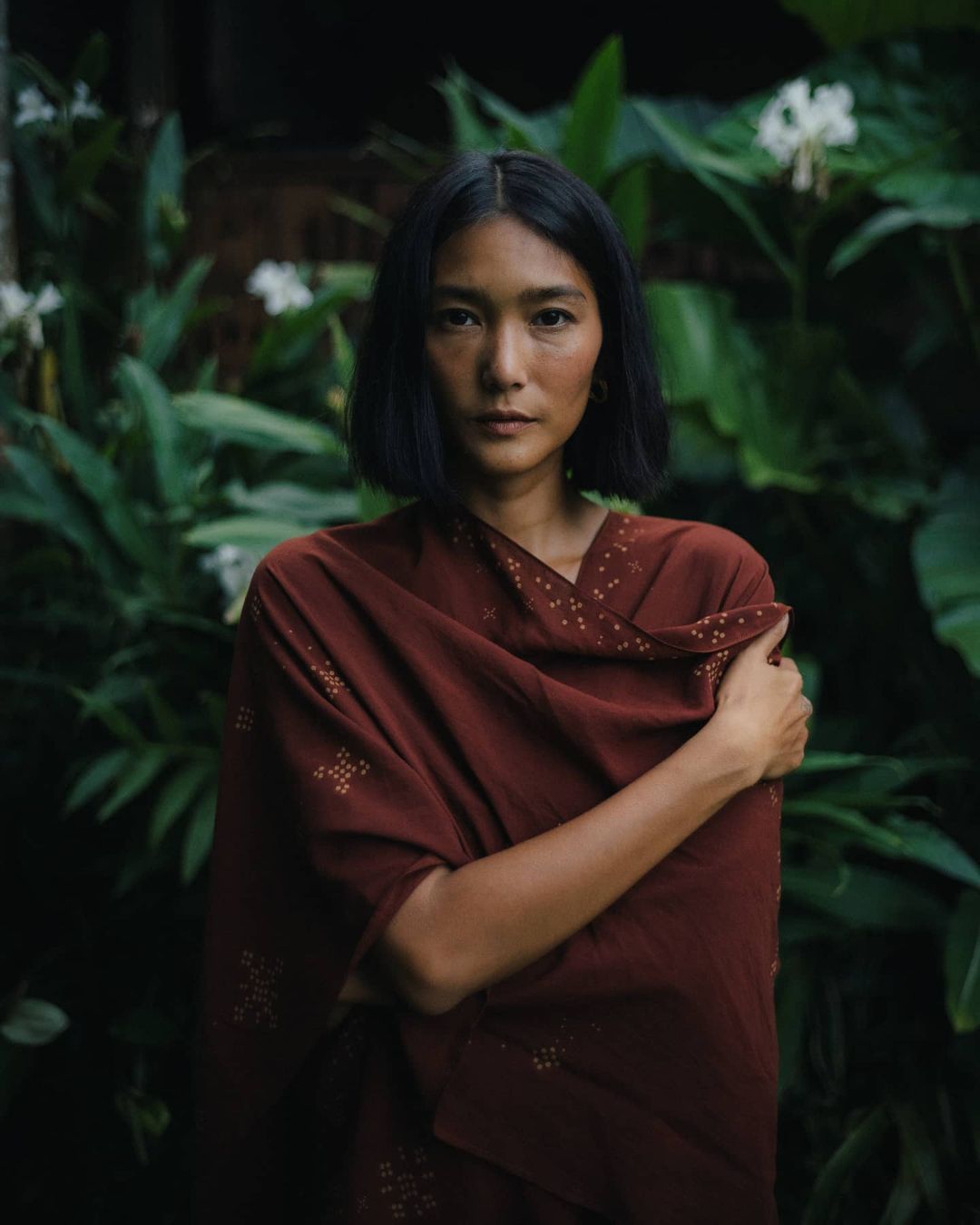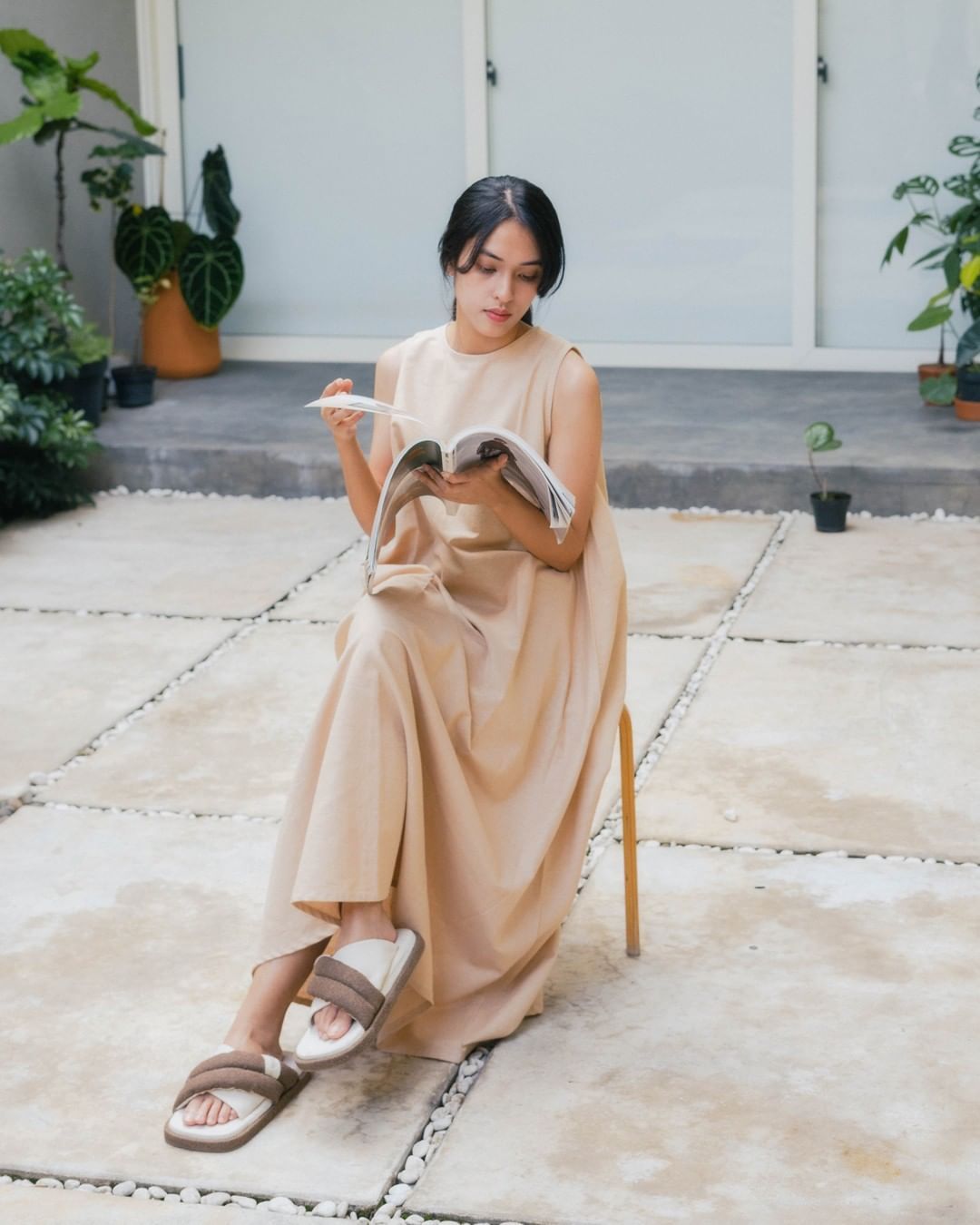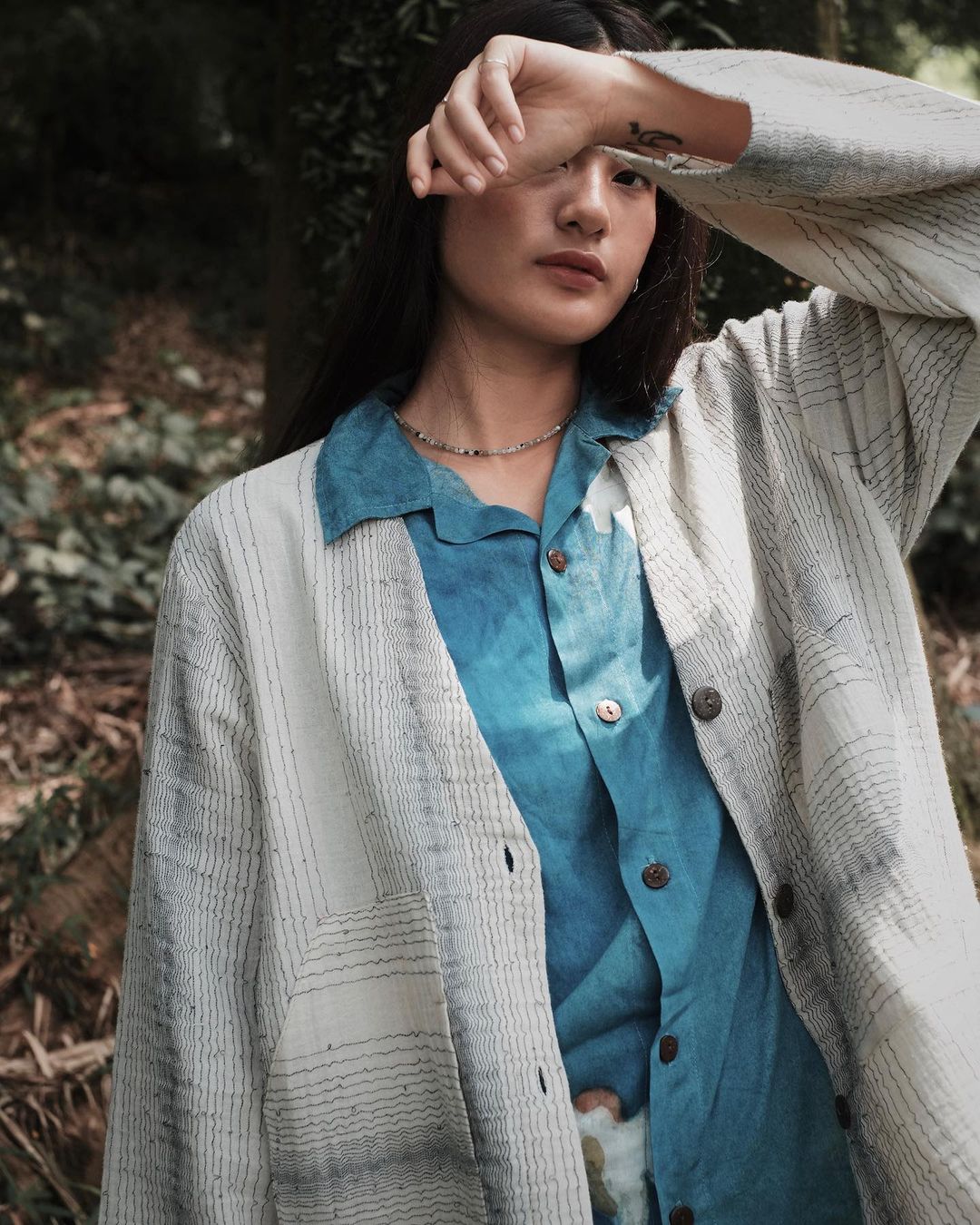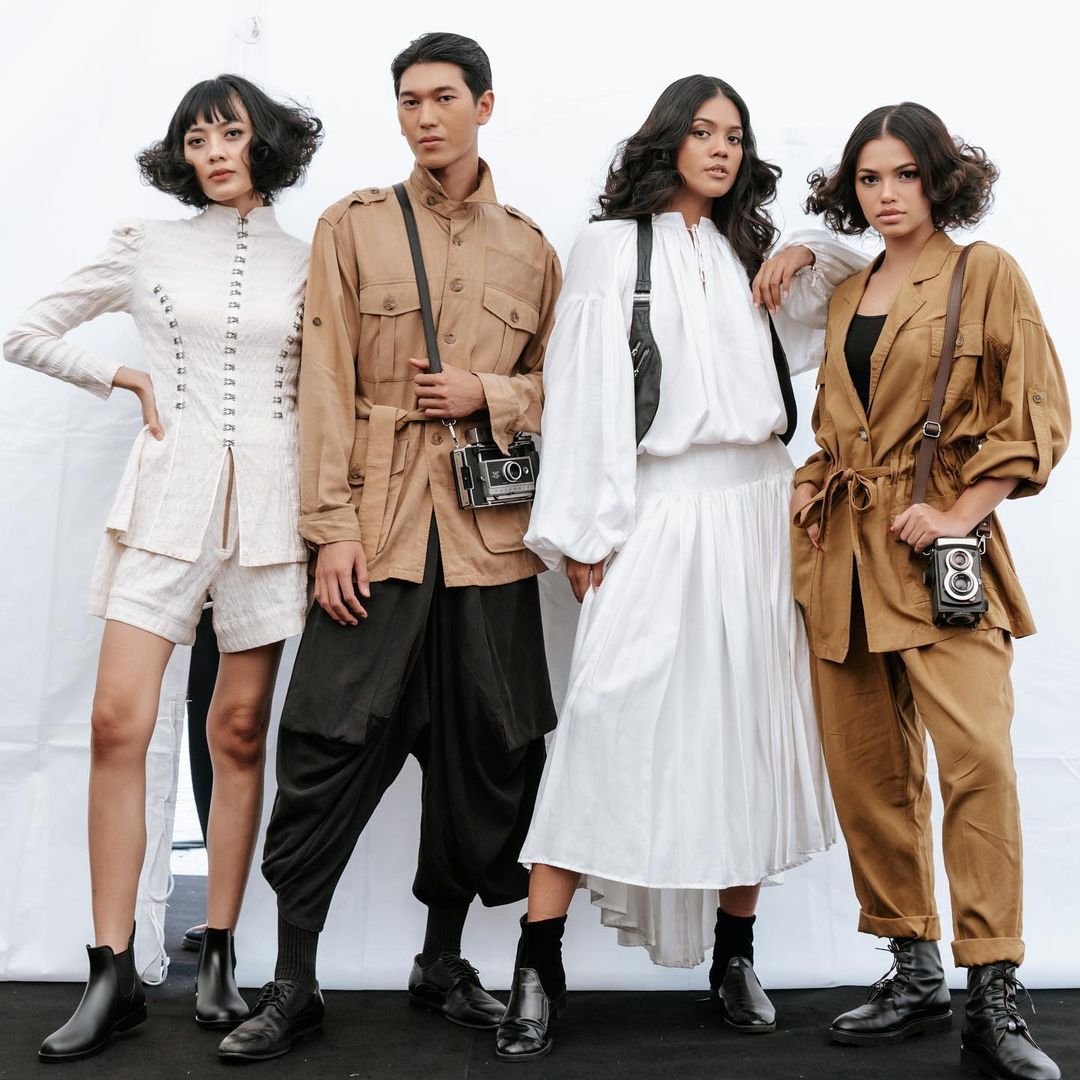Kenali 7 Brand Fashion Lokal Yang Peduli Lingkungan
Kepedulian akan lingkungan saat ini tidak hanya ditunjukan oleh sebagian orang saja namun telah merambah sebagai sebuah gaya hidup. Sustainability atau keberlanjutan menjadi poin utama dalam melindungi kehidupan di masa kini hingga masa depan, yang juga merambah industri mode atau fashion. Sebagai penikmat mode, banyak yang mulai memilah dan memilih produk yang akan dibeli, dengan mempertimbangkan dampaknya pada lingkungan dan masyarakat. Hal ini pun ditangkap baik oleh produsen atau brand, yang mulai merasakan peningkatan permintaan sejak pandemi Covid-19 dimulai, menurut sustainablebrands.com.
Tidak hanya merek internasional dan berasal dari luar negeri, geliat upaya dari produk
fashion ramah lingkungan juga terasa di Indonesia. Di bawah ini merupakan beberapa contoh merek lokal yang juga memproduksi busana atau mode
sustainable.
Sejauh Mata Memandang
Merek Sejauh Mata Memandang adalah salah satu karya anak bangsa yang menerapkan konsep ramah lingkungan dan keberlanjutan dalam setiap produk dan bisnisnya. Pemiliknya menyebut konsep slow fashion diterapkan, dengan memakai bahan dan material dasar tekstil daur ulang dari limbag pra konsumsi, yang selanjutnya diproses agar menjadi sebuah bahan baru. Adapun material awal produknya menggunakan kain linen dan katun, kini merambah pada bahan tencel dan katun organik. Produk-produk yang dihasilkan pun beragam, mulai dari pakaian wanita dan pria, pakaian anak, aksesoris, hingga masker.
Chitra Subyakto, pemiliknya, menyebut tujuan yang dipegang selain membuka usaha yang menciptakan ekosistem ekonomi mandiri juga mengkampanyekan isu sosial dalam menjaga lingkungan dan bumi, dangan lebih peduli. Meski menemukan tantangan dalam mengenalkan konsep tersebut, namun kini produknya telah dikenal secara luas hingga mancanegara. Selain Indonesia, karya-karyanya juga sudah diekspor hingga Malaysia dan Singapura. Prestasi lain dari merek ini adalah dinobatkan sebagai Dewi Fashion Knights pada JFW 2022.
SARE/ Studio
SARE/ Studio merupakan produk lokal yang mengusung tagline #EverydayPajamas. Koleksi pakaian rumah yang diproduksi memiliki target eco-friendly, yang didukung dengan penggunaan serat alami dari LENZINGTM ECOVEROTM. Tidak hanya piyama atau baju tidur, produk-produk lain yang dihasilkan oleh brand ini adalah gaun santai dan pakaian dalam dengan bahan organik.
Berfokus menghadirkan pakaian tidur dan pakaian rumah yang nyaman sembari menjaga lingkungan, merek ini telah menerima sertifikasi dari EU Ecolable. Ia dinilai telah memenuhi standar lingkungan di seluruh siklus hidupnya. Hal ini dimulai dari pengambilan material mentah hingga proses produksi, distribusi dan pembuangannya.
Sukkha Citta
Sukkha Citta merupakan merek lokal pertama yang meraih sertifikasi B Corp dari organisasi nirlaba B Lab. Skor yang ia dapat adalah 95,3, lebih tinggi dari skor umumnya yaitu 50,9. Adapun sertifikasi B Corp diberikan kepada perusahaan yang memiliki standar tertinggi dan kekuatan mendorong perubahan positif dalam bidang sosial dan lingkungan, dengan cara menerapkan transparansi publik, akuntabilitas hukum, serta memiliki tanggung jawab dalam menyeimbangkan tujuan sosial dan laba.
Jenama yang berdiri sejak 2016 ini berupaya memastikan praktik kerja sehat bagi para pengrajin dan petani dengan memberikan upah yang layak, sembari berusaha merawat bumi melalui cara
regenerative farming. Merek ini juga mengusung konsep
Farm-to-Closet, yang mana berusaha menciptakan pakaian dengan material dan proses alami. Mereka diketahui menggunakan pewarna alami yang berasal dari tanaman dan limbah pertanian dalam proses produksinya. Tidak hanya itu, mereka juga menanam sendiri kapasnya dengan metode tumpang sari, metode tradisionel dan alami agar terhindar dari hama tanpa menggunakan pestisida. 56 persen dari hasil penjualan juga dikembalikan langsung kepada pengrajin dan petani di desa-desa.
Pijak Bumi
Berbicara mengenai dunia mode tidak hanya terbatas pada pakaian. Pijak Bumi merupakan salah satu merek sepatu ramah lingkungan lokal yang sudah mendunia. Jenama asal Bandung ini berusaha menciptakan produk sepatu dengan menggunakan material ramah lingkungan, yaitu dari tumbuh-tumbuhan dan serat natural, seperti eceng gondok. Tiga kriteria dasar dalam mencari bahan dasar yang menjadi tumpuan adalah konsumsi air rendah, tidak membahayakan lingkungan, serta pengolahan sampah yang ramah lingkungan.
Dalam proses pembuatannya, merek tersebut menggunakan mesin jahit kaki, dengan tujuan agar lebih ramah lingkungan. Merek ini sudah pernah menginjakkan kakinya pada pameran alas kaki di Italia, MICAN Milano 2020. Dalam pameran itu terdapat 1.700 koleksi yang dipamerkan, yang mana Pijak Bumi menjadi perwakilan satu-satunya dari Indonesia, bahkan Asia Tenggara. Tidak berhenti di situ, dalam acara ini mereka juga berhasil meraih penghargaan Emerging Designer, yaitu penghargaan yang diberikan pada 12 desainer sepatu dari seluruh dunia, berdasarkan konsep inovatif yang diusung setiap desainer.
Imaji Studio
Kain tenun menjadi bahan dasar dari merek ini untuk membuat produk-produknya. Proses pewarnaan yang dilakukan juga diupayakan menggunakan bahan pewarna alami tumbuhan, dengan tujuan agar lebih ramah lingkungan. Desain modern kontemporer ditambahkan dalam setiap produk Imaji Studio, agar lebih menarik minat kalangan muda.
Tidak berhenti di situ, merek ini juga berupaya mengolah kembali limbah sisa pakaian. Untuk mendukung konsep
zero waste, mereka berusaha mengurangi sampah tekstil melalui kegiatan
upcycling. Sisa kain produksi akan diolah kembali menjadi aksesoris baru, seperti syal atau
scarf
dari kain perca. Setiap desainnya sangat kental dengan unsur Indonesia, seperti pengaplikasian teknik
tie-dye klasik.
Awal kehadiran merek LANIVATTI bermula dari keresahan pemiliknya, Nicoline Patricia Malina, yang merasa tidak menemukan pilihan pakaian untuk bepergian yang nyaman, fashionable, namun juga fungsional. Tidak hanya berusaha menghasilkan produk baju yang nyaman dan stylish, ia juga memastikan hasilnya ramah lingkungan dan sustainable. 90 persen bahan pakaian jenama ini menggunakan bahan yang dapat terurai, seperti Tencel, katun organik, linen, ataupun viscose atau rayon.
Adapun ide yang memprakarsai keinginan membuat produk
sustainable bermula dari pengalamannya sebagai fotografer mode. Selama 12 tahun di bidang ini, ia melihat ada banyak hal yang bisa diperbaiki, seperti menumpuknya sampah tekstil pakaian yang tidak lagi terpakai, hingga buruknya kondisi kesejahteraan pekerja industri ini. Sejumlah kerja sama dilakukan merek ini untuk mendukung tujuan keberlanjutannya, seperti dengan Lenzing dan Tencel. Serat selulosa dipilih sebagai bahan dasar pakaiannya agar koleksinya mudah didaur ulang.
osem
Jenama ini berdiri pada 2014 dan mengusung seni melipat, mengikat dan mewarnai kain atau jumputan. Merek tersebut hanya bermain dengan warna biru yang dihasilkan pewarna alami tumbuhan, Indigofera Tinctoria, yang menjadikannya sebagai produk ramah lingkungan dan sosial. Tidak hanya itu, teknik celup digunakan dalam proses pewarnaan dan desain pakaian mereka. Adapun kain yang digunakan berasal dari serat alam, seperti katun, linen, rami dan serat alam lainnya.
Prinsip less atau zero waste diusung merek ini, yang selalu berupaya membuat produk dari bahan sisa, atau bekerja sama dengan merek lainnya dengan tujuan melakukan upcycle dari sisa kain tersebut. Upaya lain yang dilakukan osem adalah tidak menggunakan resleting atau kancing yang berbahan plastik.
Di atas merupakan beberapa nama brand lokal yang berupaya menghadirkan produk-produk fashion ramah lingkungan. Untuk mendukung cita-cita keberlanjutan sekaligus mendorong merek lokal menuju pasar internasional, diperlukan sertifikasi sesuai standar yang telah ditentukan. Salah satunya adalah standar Textile Exchange, yang juga menjadi salah satu layanan dari QSI. Untuk informasi lebih lanjut seputar Textile Exchange maupun standar di dalamnya, bisa klik link ini ya. Di dalamnya terdapat kontak yang bisa dihubungi atau unduh brosur program/standar yang sesuai dengan bisnis kamu ya!
